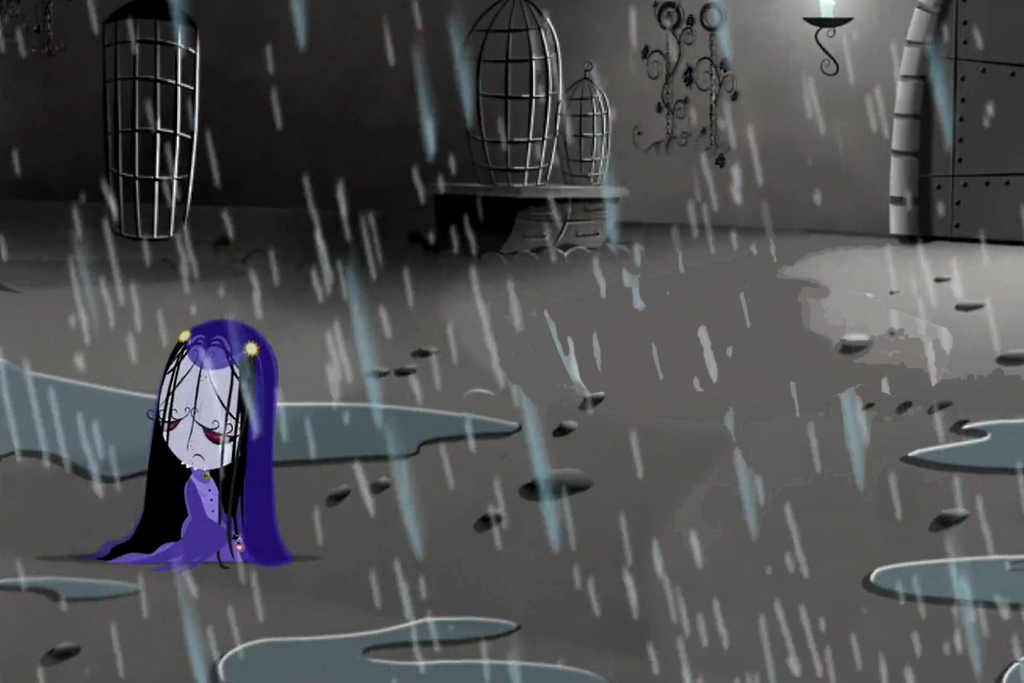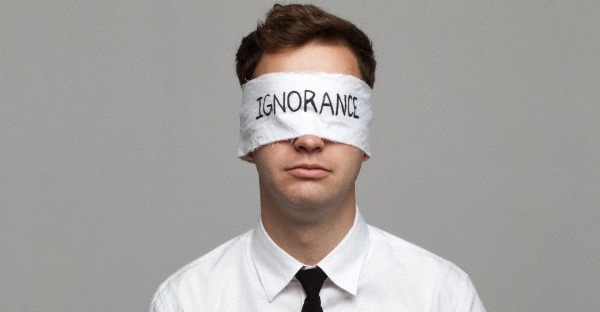During the Fortin Foundation DukeEngage Academy in early May, I attended a session with the wonderful Debjani Roy of Hollaback!, a gender justice organization seeking to bring visibility to street harassment and end all harassment in person and online. We discussed the pervasiveness of street harassment around the globe and its particular prevalence in New York City, and learned strategies for both reacting to harassment targeted at us and intervening when others are harassed around us.
Like many (all?) young women, I’m no stranger to being the target of inappropriate and unwelcome attention from men. I’ve kept my head down and picked up my pace as men and boys have harassed me at various volumes and in at least a handful of languages. So I came to New York mentally prepared for a barrage of unwelcome attention, armed with headphones and a couple snappy replies. But after my first work week in the city, I was pleasantly surprised by how little harassment I had noticed. I relished in the sense of anonymity the crowded city gave me–everyone was far too busy to pay me any attention. Maybe the street harassment isn’t so widespread.
 It’s no surprise that my luck didn’t last. This past Saturday afternoon, I walked a single avenue block near Times Square. In just three to four minutes, I was harassed by more than half a dozen men, some alone and some in groups. The comments were delivered casually and effortlessly, but their vulgarity left me feeling vulnerable and violated. Despite strategically planning how I would respond to such situations, all I felt capable of was lowering my gaze, speeding up my pace, and instinctively pulling my jacket tighter around my chest. How do you prepare for a stranger suddenly acting out the sex act that he would like to perform on you, as you walk down the street on a sunny afternoon?
It’s no surprise that my luck didn’t last. This past Saturday afternoon, I walked a single avenue block near Times Square. In just three to four minutes, I was harassed by more than half a dozen men, some alone and some in groups. The comments were delivered casually and effortlessly, but their vulgarity left me feeling vulnerable and violated. Despite strategically planning how I would respond to such situations, all I felt capable of was lowering my gaze, speeding up my pace, and instinctively pulling my jacket tighter around my chest. How do you prepare for a stranger suddenly acting out the sex act that he would like to perform on you, as you walk down the street on a sunny afternoon?
Today over lunch, a coworker told me about a man who waits near a deli to harass her as she walks to work. He pays attention to her schedule, and has “flirted” with her nearly every day for an entire year. “I don’t usually pay these guys any mind,” she said, “but I’m starting to worry that he knows where and when I work.” As I left work today, I was met with a few harassing comments of my own. “Hey baby,” sneered a young kid, no older than 16. Less than a minute later, a slightly older boy was more explicit: “I’d put a baby in you.”
 My coworker and I spend our days working at an organization that proudly asserts the humanity of all women and fights for our bodily autonomy, only to be blatantly objectified on our commutes. I wish that I could end on a more positive or empowering note, but I am frustrated that after working to take up space as a woman, a few vulgar words from a stranger can make me want to shrink myself smaller. But I am eternally thankful for the supportive communities of women that I feel safe sharing these frustrations with, and for the powerful organizations like Hollaback that are fighting this type of violence and discrimination every day. I am again reminded of women’s resilience in the face of near constant attempts at subjugation, and of the critical importance of the work of all of our partner organizations.
My coworker and I spend our days working at an organization that proudly asserts the humanity of all women and fights for our bodily autonomy, only to be blatantly objectified on our commutes. I wish that I could end on a more positive or empowering note, but I am frustrated that after working to take up space as a woman, a few vulgar words from a stranger can make me want to shrink myself smaller. But I am eternally thankful for the supportive communities of women that I feel safe sharing these frustrations with, and for the powerful organizations like Hollaback that are fighting this type of violence and discrimination every day. I am again reminded of women’s resilience in the face of near constant attempts at subjugation, and of the critical importance of the work of all of our partner organizations.










